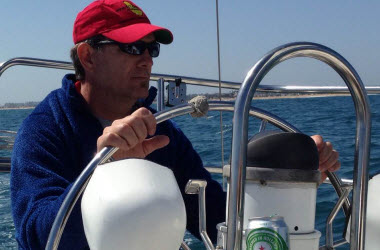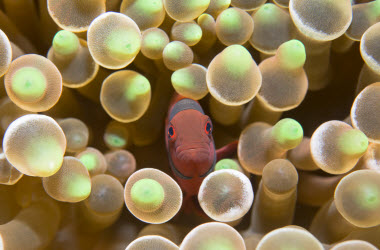April 11, 2017
“This grand show is eternal. It is always sunrise somewhere, the dew is never dried all at once; a shower is forever falling; vapor is ever rising. Eternal sunrise, eternal dawn and gloaming, on sea and continents and islands, each in its turn, as the round earth rolls.” —John Muir
When you think science, what comes to mind? Would it surprise you to know that science cannot exist without reading, math, language arts, or even history? Too often science, especially in the elementary classroom, is relegated to a series of worksheets based on a reading passage or a list of vocabulary terms to be memorized, but science is so much more than that.
 Science made it possible for you to read this blog post, sent more than 220 people to the International Space Station, created lightweight panels that harness energy from the sun, and grew a functioning heart from stem cells. Science is everywhere. The medicine, transportation, and technology we use everyday is a result of science, and it cannot be done without reading, math, and language arts. Why do I keep bringing that up? Often we tend to think of science as something that happens in a lab by a person in a white coat tinkering with pipettes and glass vials. While that scenario does exist, it’s the most common misconception of science held by students today.
Science made it possible for you to read this blog post, sent more than 220 people to the International Space Station, created lightweight panels that harness energy from the sun, and grew a functioning heart from stem cells. Science is everywhere. The medicine, transportation, and technology we use everyday is a result of science, and it cannot be done without reading, math, and language arts. Why do I keep bringing that up? Often we tend to think of science as something that happens in a lab by a person in a white coat tinkering with pipettes and glass vials. While that scenario does exist, it’s the most common misconception of science held by students today.
Science is that chemist working in a lab, but it encompasses so much more than chemistry. Science is the broad umbrella for physics, technology, climatology, geology, and biology. Science is using math to create models, determine possibilities, and calculate statistics to measure outcomes. Science is reading historical records to analyze accumulated data to create a bigger, fuller picture of what’s happening today. It is also communicating the results of experiments so that medicine, procedures, and policies can be determined for the betterment of all. Science is an integration of all facets of life and that needs to be reflected in today’s classroom.
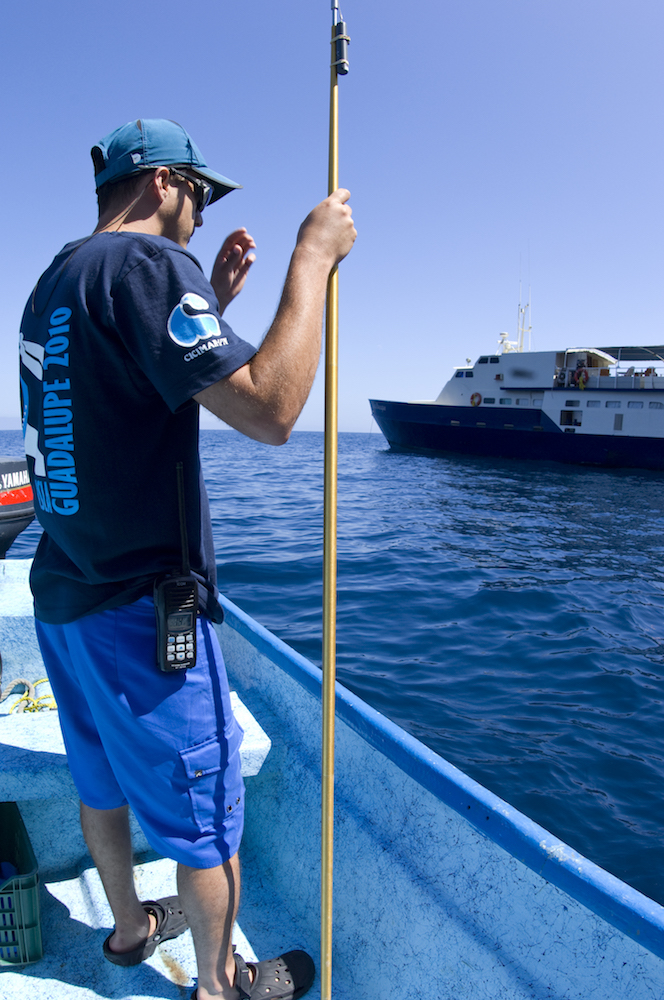 Science shouldn’t be relegated to a 30-min interval once a week or every other day. Science is an everyday occurrence, integral to every subject area taught in school. In my opinion, it is imperative that elementary students begin to experience science as an integrated concept, with all the other subject areas, so that they can begin to see early on how it is interwoven throughout their life, as well as that of society.
Science shouldn’t be relegated to a 30-min interval once a week or every other day. Science is an everyday occurrence, integral to every subject area taught in school. In my opinion, it is imperative that elementary students begin to experience science as an integrated concept, with all the other subject areas, so that they can begin to see early on how it is interwoven throughout their life, as well as that of society.
In an effort to break out of the siloed science class - the notion that reading is taught during this time slot, math another, and science yet another - we have devised short marine-science themed snippets to engage students and get them started on any lesson, not just science.
Imagine you’re a fourth grade teacher in FL and you’re concerned about your students’ upcoming writing assessment; what can you do? Aside from the traditional exercises in writing, try including some science. Perk your students’ interest and get their creative juices flowing with a 90-second video on camouflage. Adjectives were made to describe camouflage! The very act of describing a camouflaged animal requires creative writing skills. 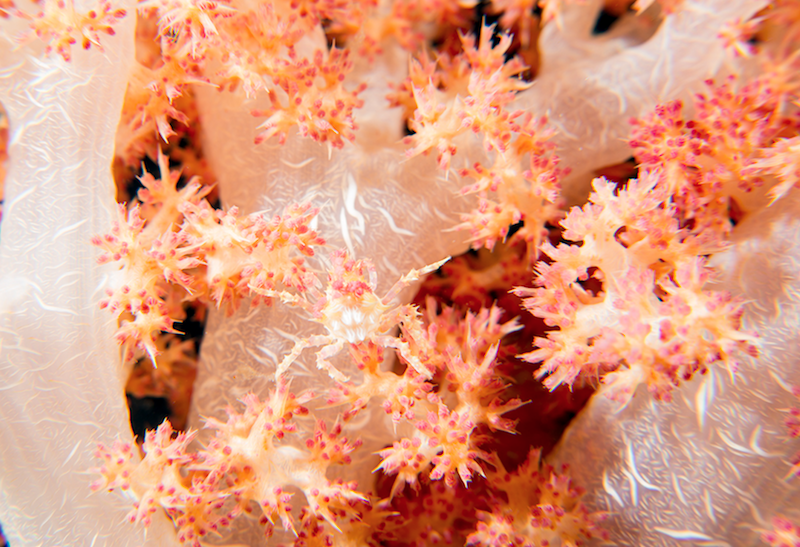 Need something more persuasive in nature? Discuss the merits of camouflage when used to help a predator capture prey. Then the flip side, when prey is camouflaged to avoid predation. Who does it better? Pick an organism and argue your case.
Need something more persuasive in nature? Discuss the merits of camouflage when used to help a predator capture prey. Then the flip side, when prey is camouflaged to avoid predation. Who does it better? Pick an organism and argue your case.
Character traits, citizenship, and social skills are often an educational target for primary students, demonstrate relationships beyond our own with a quick video of cleaning stations. Watch as predatory fish and other large marine animals wait patiently for their teeth and skin to get picked clean by much smaller fish and invertebrates. Who is the helper? Who is benefiting from the services rendered? Humans are not the only social creatures on the planet, engage students’ natural curiosity with science to explore interpersonal relationships and what it means to be part of a structured society.
Science and math go together like peas and carrots. It would be pretty hard to measure and quantify scientific outcomes without applying math. Engage students in a short video clip of a coral reef and have them count the number of different animals (vertebrates, invertebrates, etc.) observed, or the numbers of animals moving as compared to the number of stationary animals. Manta rays can be identified by the markings on their bellies, students can begin to recognize patterns, an important skill in both science and math, as they watch these gentle fish glide through the water. 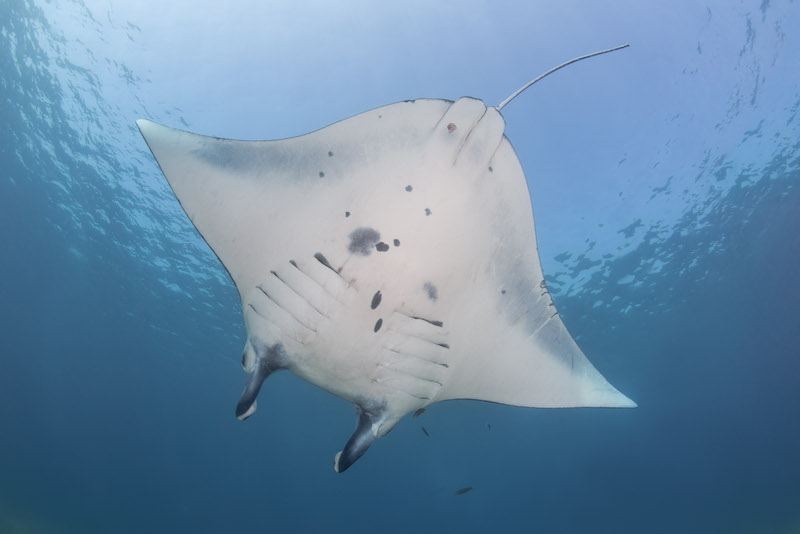 Identify the appendages utilized by marine organisms such as octopus, sea lions, and fish, do they vary in number as compared to the wings, arms, and legs of land-dwelling animals? Infer the advantages and disadvantages of having more/less appendages in a marine or terrestrial environment.
Identify the appendages utilized by marine organisms such as octopus, sea lions, and fish, do they vary in number as compared to the wings, arms, and legs of land-dwelling animals? Infer the advantages and disadvantages of having more/less appendages in a marine or terrestrial environment.
And of course, there is the science application. Compare and contrast marine vertebrates, invertebrates, plants and algae with their terrestrial counterparts. For example, sea lions. Often called the puppies of the sea, sea lions are carnivorous mammals related to bears, tigers, and (surprise!) dogs. How are they similar to dogs (or any other terrestrial predator)? How are they different? What unique adaptations do sea lions have and how do those adaptations help them survive in the ocean? What would happen if a sea lion were put the the forest or a wolf into the sea?
Science is all around us. It is thanks to science that we have many of the creature comforts we experience today. Why isolate a subject area of such great importance to a 30 minute lesson once a week? Integrate a little science in all subject areas and demonstrate to students just how important and wide-reaching the subject really is.

